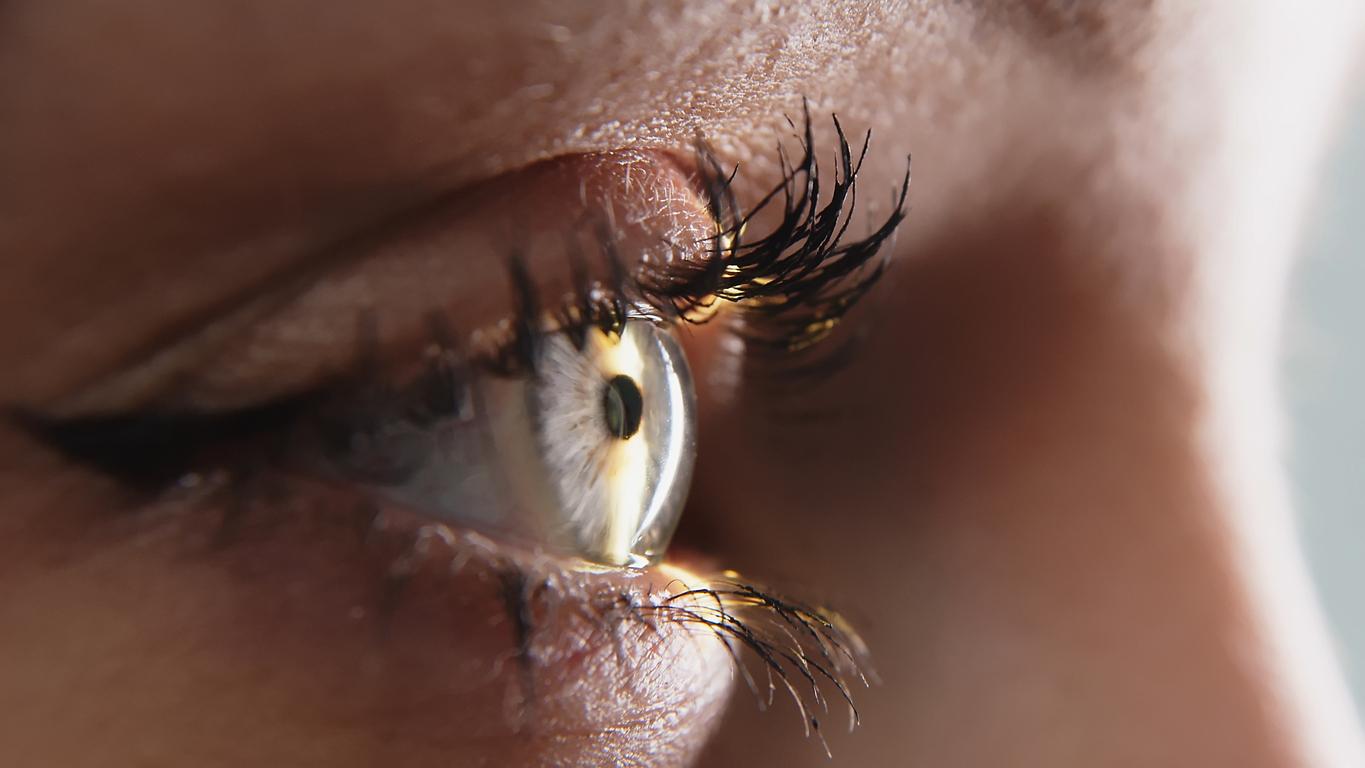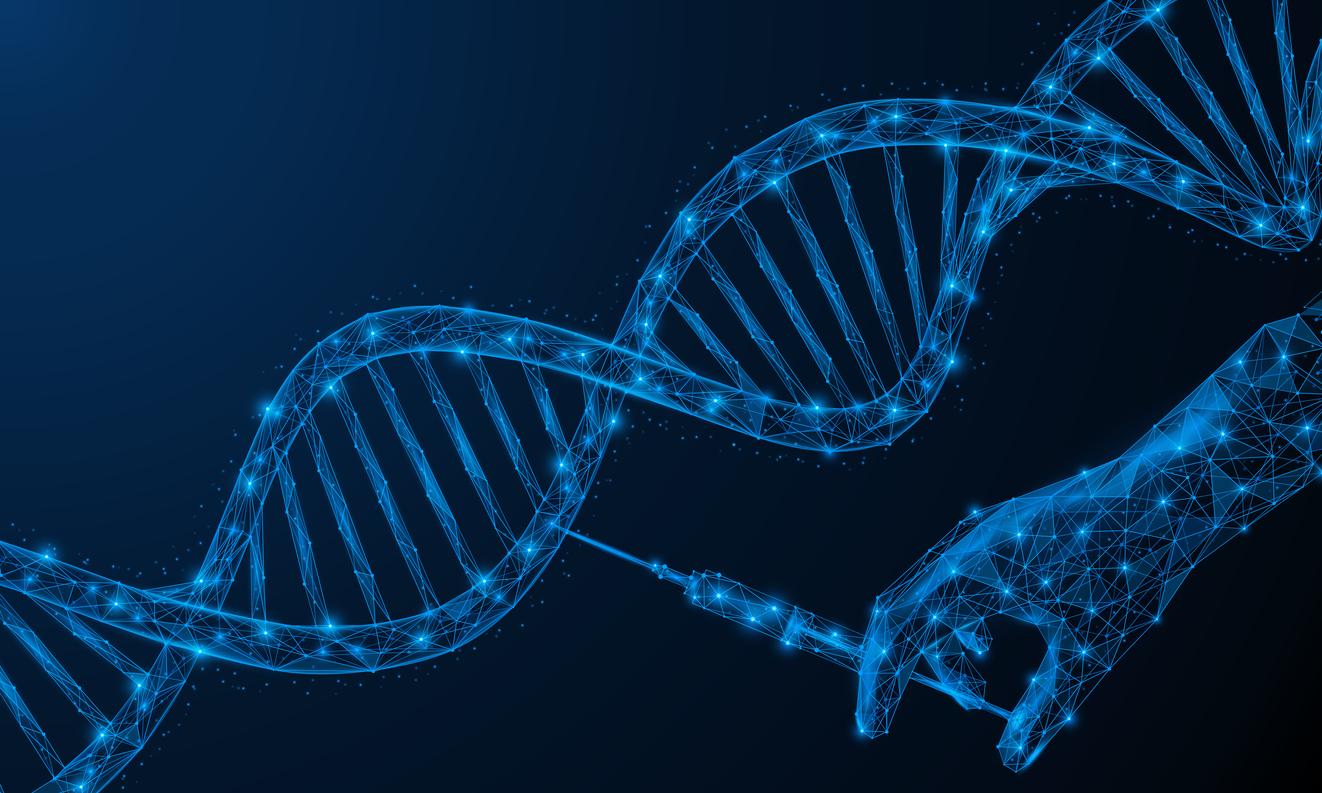Korean researchers have obtained promising results against AMD, thanks to the technique of “genetic scissors” Crisp-Cas9.

Age-related macular degeneration (AMD) affects one in ten people after 65, remind researchers at the Institute for Basic Science (IBS). In the so-called “wet” form of the disease, new, abnormal blood vessels form under the retina. They are fragile, and release serum which causes detachment of the retina, or blood, causing retinal hemorrhages.
Korean researchers at IBS are offering gene therapy to treat it. By using the CRISPR-Cas9 technique, the “genetic scissors”, they would have succeeded in injecting modified DNA capable of integrating into the genetic heritage of cells and stem cells in the retina. The creation of new anomalous ships would have been reduced by 58%. As for the side effects, nothing to report: only the targeted gene was modified, and the cone dysfunction, an expected side effect, did not appear.

Anti-VEGF gene therapy
The DNA modification involves a gene encoding the production of VEGF, a growth factor that promotes the creation of new vessels. Treatments already available, called anti-VEGF, are prescribed to slow the progression of the wet form of AMD. Disadvantage: they require an average of seven annual injections to counter cell production.
For now, the results of the IBS team relate only to animal models. But the researchers hope to validate these first results in humans, and even to extend them to other pathologies. “We believe it is a therapeutic modality for the treatment of non-hereditary degenerative diseases,” explains Prof. Kim Jeong Hun, from Seoul National University (South Korea). We have confirmed the effects on animal models, and we want to continue our research with preclinical trials. “
To find out more about AMD, other vision pathologies and their treatments, issue number 10 of the Supplement is available.

.















